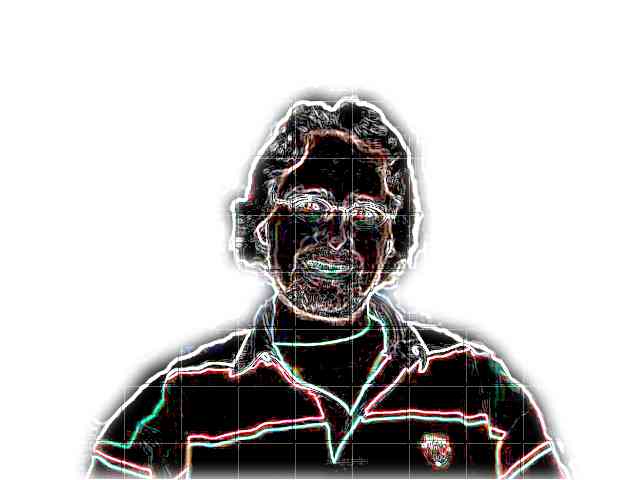Information on This Site
- Mícheál Ó Foghlú's Home Page
- Current Blog (started 2014-02-03) Ghost, using Node-based tooling followed in 2020 by Hugo, using Go based tooling
- Old Blog (started 2012-06-07) Octopress, Ruby-based tooling
- Original Blog (started 2002-02-06) Greymatter then MovableType, Perl-based tooling
- Cormac Ó Foghlú's Page
Family Name History

Forms of surname: Ó Foghlú (modern Irish), Ó Foghladha (Older Irish), Foley (most common English translated form). Note on the coat of arms here, that the old Irish script used a dot over a letter to represent what is now written as a "h" (known as séimhiú c.f. A Beginner's Guide to Irish Gaelic Pronunciation).
Foley is an old Irish surname about which some confusion has arisen because there is an important family of Worcestershire called Foley, which is usually regarded as English, though Bardsley thinks it was originally Irish. for example it is the arms of this English family which are often erroneously ascribed to Gaelic Foleys. In this article these English Foleys can be disregarded, though it is not unlikely that a few of them came to Ireland at various times as settlers. The Irish Foleys are very numerous and this name is among the sixty most common in Ireland with an estimated population of about ten thousand souls. Most of these are found in the original habitat of the sept, viz. Co. Waterford, and they have spread across the southern part of the country to Counties Cork and Kerry. The name is presumably derived from the Irish word foghladha meaning a plunderer, and is written O foghladha, being anglicized more phonetically than the usual Foley as Fowloo in some places in Co. Waterford, and sometimes grotesquely as Fowler. The name is never seen with its prefix O nowadays. The surname MacSharry has been anglicized Foley in some parts of Ulster in the mistake belief that it is derived from the word searrach - a foal. John Henry Foley (1818-1874), sculptor, many of whose statues adorn the streets and squares of Dublin, attained international fame in this sphere; his brother Edward Foley (1814-1874) was also a talented sculptor. Rev. Daniel Foley (1815-1874), of Dublin University, compiled and published an Irish Dictionary . Samuel Foley (1655-1695) was another prominent Protestant ecclesiastic. The Catholic church has an eminent bearer of the name in Maoliosa O'Foley, Archbishop of Cashel, who died in 1131. In modern times Alan James Foley (1835-1897) made a name as a singer under the pseudonym of Signor Foli.
Source: Edward MacLysaght, Irish Families, Dublin, 1991, page 89.
Foley Family History shows a nice crest associated with the Irish Ó Foghladha (Ó Foghlú in modern Irish spelling). Extract....
"Ó Foghladha, litriú nua Ó Foghlú- anglicised as Foley, O'Foley. The root word is personal name Foghlaidh, which Woulfe writes in 'Sloinnte Gaedheal is Gall' (1923) means 'plunderer', although this is conjectural. Mac Searraigh- anglicised McSharry, Sharry, Sherry and by mis-translation as Foley, from searrach, 'a foal'. The surname Ó Foghladha was originally of Co Waterford, but has spread through Munster and parts of Leinster. A 12th century Bishop of Cashel in Co Tipperary was Máel Íosa Ó Foghladha. Mac Searraigh was a surname of counties Leitrim, Cavan and Sligo, and later of Donegal and Armagh. Foley is also the name of an important family of Worcestershire; and although it is possible English officials or settlers of this name arrived in Ireland during the 17th century, the numerous Irish Foleys would be, by far, the majority. MacLysaght comments on this, and on the tendency to incorrectly ascribe to Irish Foleys the arms of the English family ('Irish Families', 1985)."
